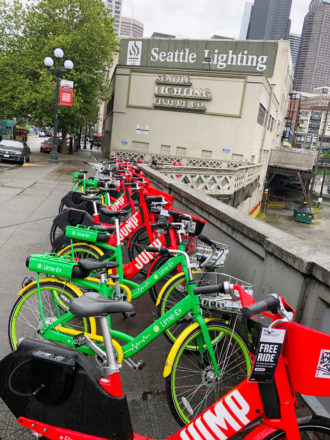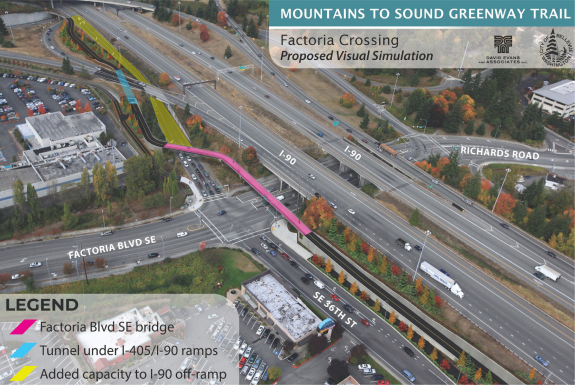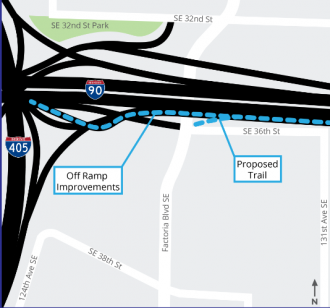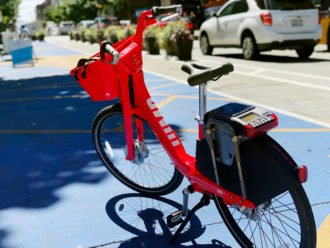
Since we last wrote about the potential for open streets to reduce crowding on Seattle sidewalks and paths, the city has opened a couple streets within parks to people walking and biking in Seward Park and Volunteer Park. And Settle Neighborhood Greenways has created a guide for the city that makes the case for opening more space for walking and biking and suggests some ideas for how Seattle can make streets work better for everyone during this difficult time. UPDATE: Major Seattle Parks will close entirely this weekend, the Seattle Times reports.
SNG is also collecting your ideas for open streets opportunities through an online form. So if there’s a street near you that you think would help you and your neighbors walk and bike safely if only it were car-free, let SNG know.
The in-park street closures like Volunteer and Seward Parks make a ton of sense and were easy to do. The parking lots and destinations in each park were already closed to limit crowding, so closing the roads to cars and opening them to people walking and biking just required putting up some barricades and signs. There are likely other streets through parks that could (and should) be closed to cars just as easily.
There may also be streets where it would be simple and cheap to cone off a general traffic lane to create more sidewalk or biking space. This would have the added benefit of reducing speeding, which has gone way up in many places as some people driving take advantage of wide open roads.
And being easy to implement is important, since it’s unlikely the city can or is willing to dedicate a lot of staff and resources to open streets events. So as great as a citywide network of major car-free streets would be, it makes more sense to look for opportunities that would not require any (or very little) active staff. And a spokesperson for Mayor Jenny Durkan said as much to Eli Sanders at the Stranger:
Kamaria Hightower, a spokesperson for Mayor Durkan, said that right now “the health and safety of the public and our workers are the top priority,” and that closing Seattle streets to create more space for outdoor recreation is under ongoing consideration.
But, Hightower added, “While we’ve seen some cities close streets in recent weeks, we know they have also witnessed some challenges due to crowds and staffing capacity constraints. That’s something she’s trying to balance before making any decisions.”












